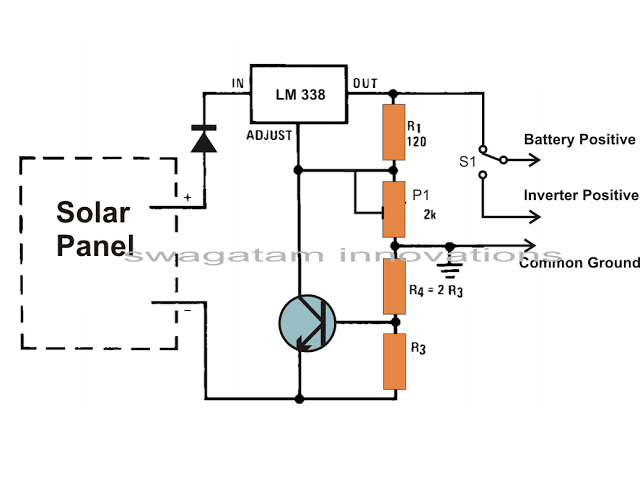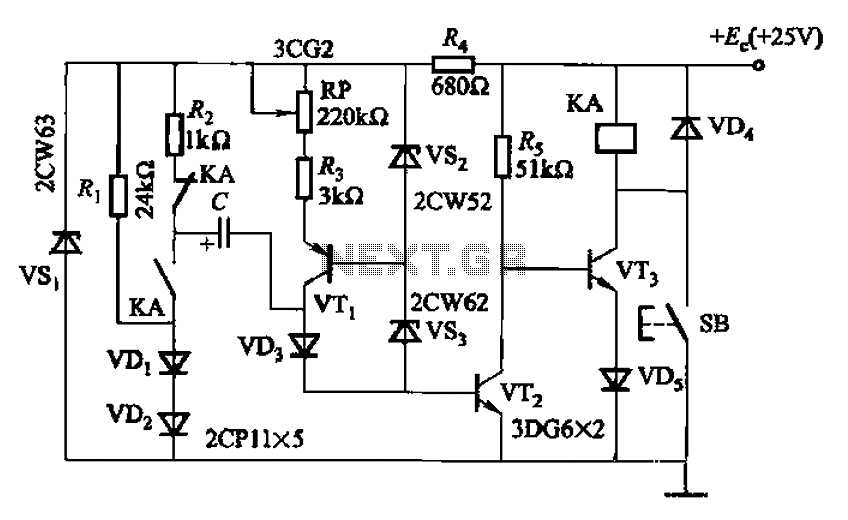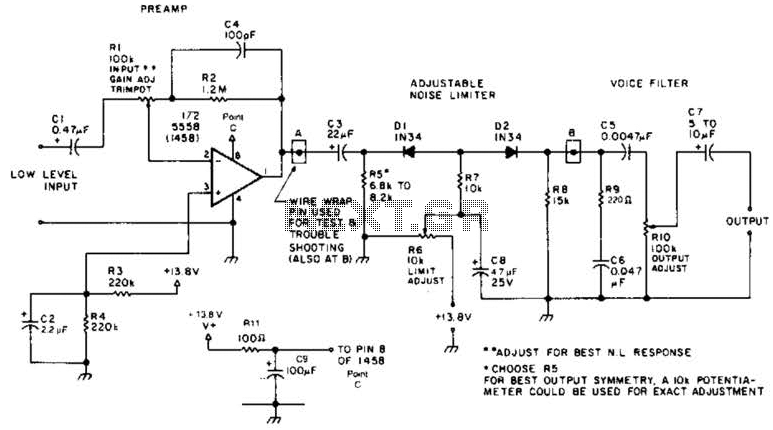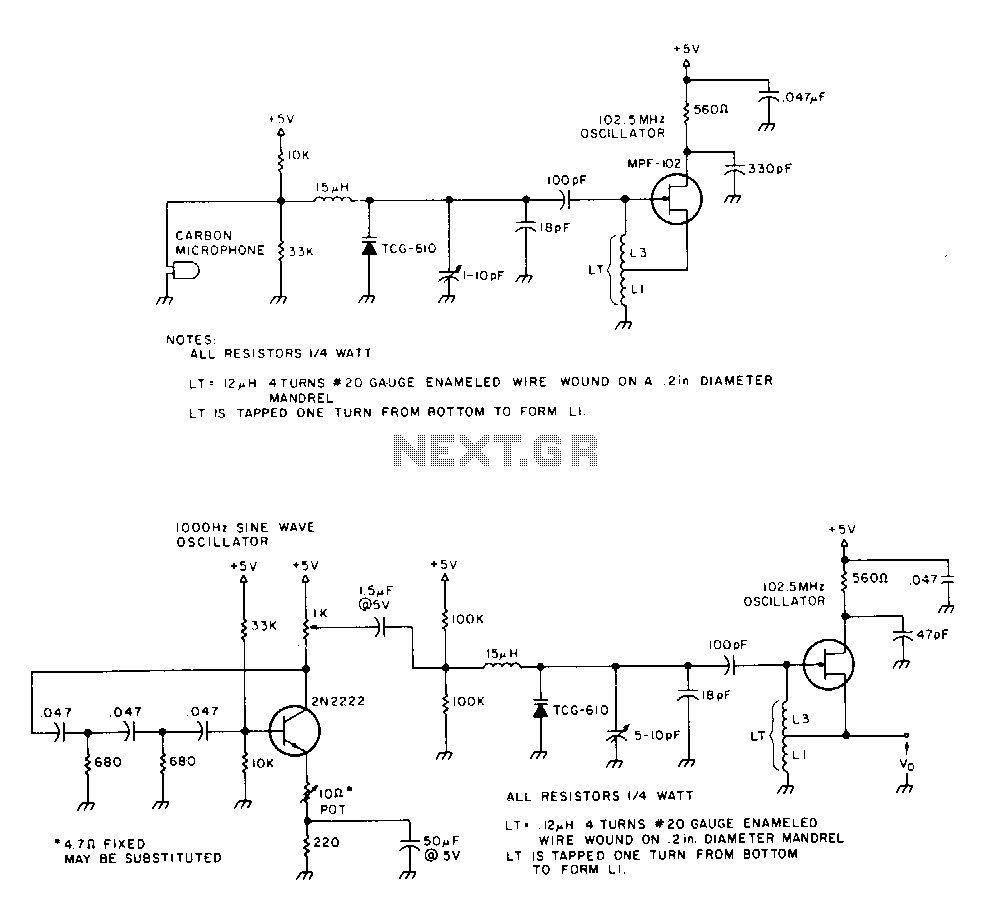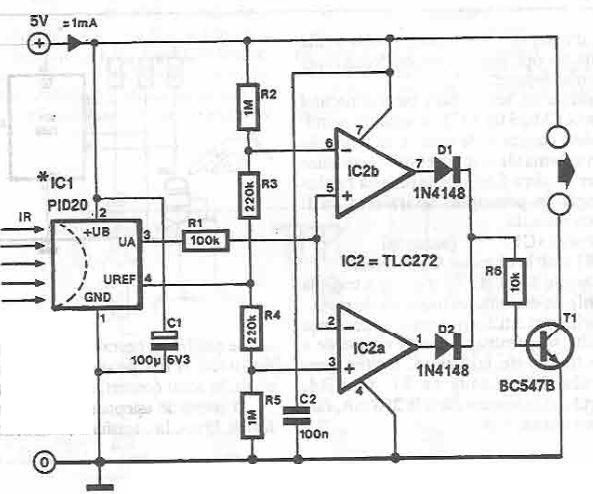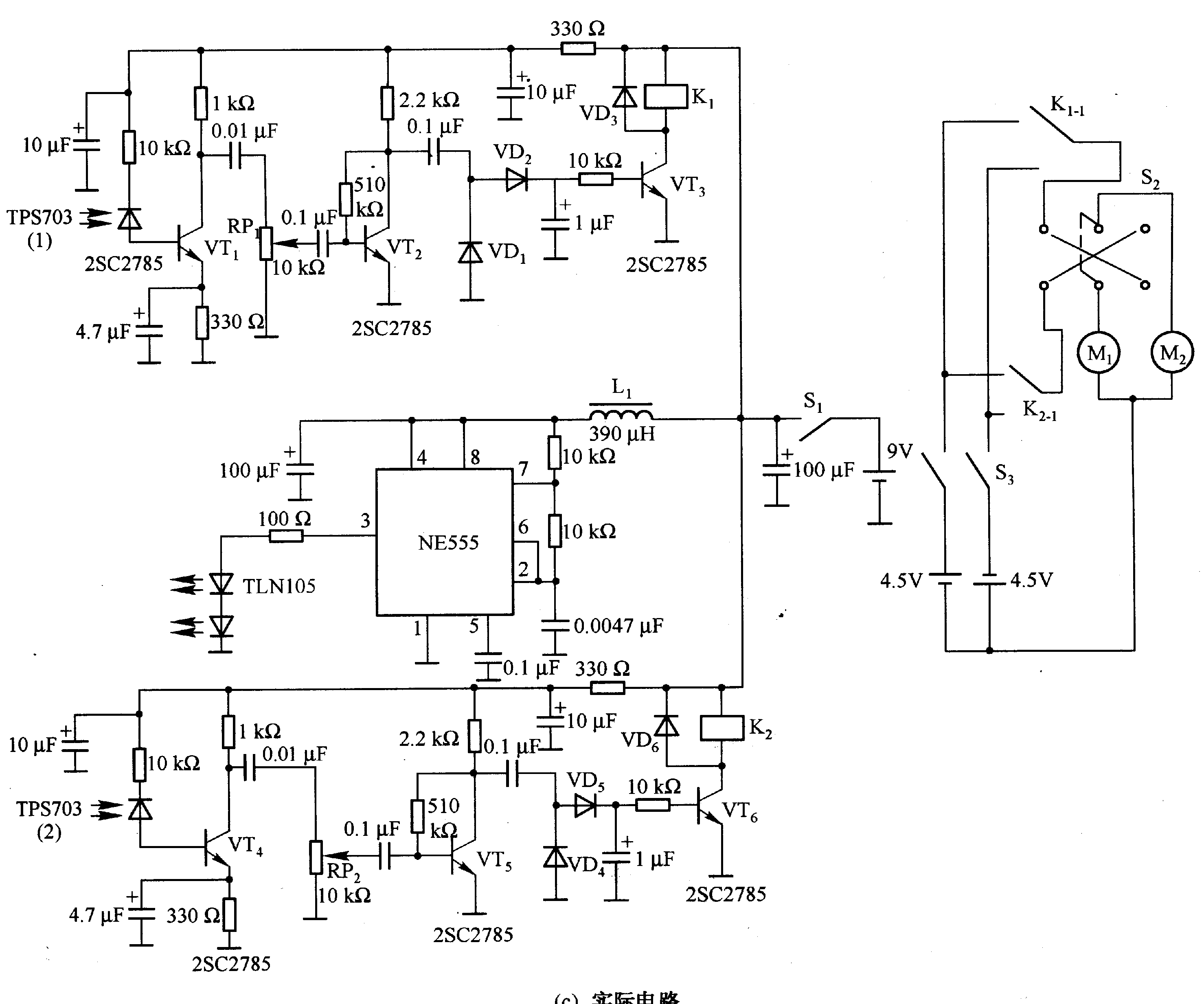
Precise One Shot Circuit
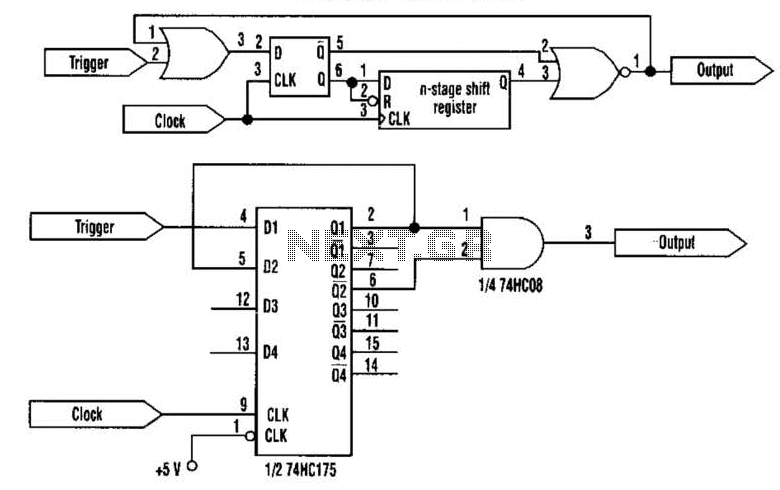
This approach utilizes a Hip-Hop, a shift register, and two gates (A). Before the one-shot pulse, the output of the NOR gate is 0. Consequently, the data input of the D-type flip-flop is equivalent to the trigger. When a trigger pulse is present, the flip-flop initiates the one-shot pulse, and the n-stage shift register controls the pulse width, tw, which is a multiple of the clock's period (B). The precision of the one-shot pulse is determined by the clock period, which is inversely proportional to its frequency. For the circuit to function correctly, the width of the trigger pulse, tw, should be greater than one clock period. The OR gate masks the trigger's effect when the circuit is generating the desired pulse. The net result is a circuit that operates as a non-retriggerable multivibrator. When the pulse needs to be only one clock period wide, the circuit can be simplified. All that is required are two D-type flip-flops and an AND gate. However, despite its simplicity, this circuit generates a more stable and precise one-shot pulse than a multivibrator.
The described circuit functions as a non-retriggerable monostable multivibrator, effectively generating a one-shot pulse in response to a trigger input. The primary components involved include a D-type flip-flop, a shift register, an OR gate, and a NOR gate. The NOR gate's output, initially at logic low (0), serves as a condition for the D-type flip-flop's data input, which mirrors the trigger signal.
When a trigger pulse is applied, the D-type flip-flop transitions, producing a one-shot pulse whose width is determined by the n-stage shift register. The shift register essentially acts as a timing element, allowing the pulse width, denoted as tw, to be a multiple of the clock period. The clock frequency inversely influences the precision of the one-shot pulse; thus, a higher frequency results in a shorter clock period and a more precise pulse generation.
To ensure reliable operation, the trigger pulse width must exceed one clock period. This requirement guarantees that the D-type flip-flop can properly capture the trigger event without missing it. The inclusion of the OR gate adds a layer of control, masking the trigger's influence during pulse generation, which helps stabilize the output.
In scenarios where a one-clock-period wide pulse is sufficient, the circuit can be streamlined by using only two D-type flip-flops and an AND gate. This configuration, while simpler, still maintains the ability to produce a stable and precise one-shot pulse, often outperforming traditional multivibrator designs in terms of stability and precision. The circuit's architecture allows for flexibility in pulse width control while ensuring robust performance across varying conditions. This approach uses a Hip-Hop, a shift register, and two gates (A). Before the one-shot pulse, the output of the NOR gate is 0. Consequently, the data input of the D-type flip-flop is equivalent to the trigger. When a trigger pulse is present, the flip-flop initiates the one-shot pulse, and the n-stage sliift register controls the pulse width, tw, which is a multiple of the clock`s period (B). The precision of the one- shot, pulse is determined by the clock period, which is inversely proportional to its frequency.
For the circuit to work properly, the width of the trigger pulse, tw(, should be greater than one clock period. The OR gate masks the trigger`s effect when the circuit is generating the desired pulse. The net result is a circuit that functions as a nonretriggerable multivibrator. When the pulse needs to be only one-clock- period wide, the circuit can be simplified. All that`s required are two D-type flip-flops and an AND gate. However, despite its simplicity, this circuit generates a more stable and precise one-shot pulse than a multivibrator.
The described circuit functions as a non-retriggerable monostable multivibrator, effectively generating a one-shot pulse in response to a trigger input. The primary components involved include a D-type flip-flop, a shift register, an OR gate, and a NOR gate. The NOR gate's output, initially at logic low (0), serves as a condition for the D-type flip-flop's data input, which mirrors the trigger signal.
When a trigger pulse is applied, the D-type flip-flop transitions, producing a one-shot pulse whose width is determined by the n-stage shift register. The shift register essentially acts as a timing element, allowing the pulse width, denoted as tw, to be a multiple of the clock period. The clock frequency inversely influences the precision of the one-shot pulse; thus, a higher frequency results in a shorter clock period and a more precise pulse generation.
To ensure reliable operation, the trigger pulse width must exceed one clock period. This requirement guarantees that the D-type flip-flop can properly capture the trigger event without missing it. The inclusion of the OR gate adds a layer of control, masking the trigger's influence during pulse generation, which helps stabilize the output.
In scenarios where a one-clock-period wide pulse is sufficient, the circuit can be streamlined by using only two D-type flip-flops and an AND gate. This configuration, while simpler, still maintains the ability to produce a stable and precise one-shot pulse, often outperforming traditional multivibrator designs in terms of stability and precision. The circuit's architecture allows for flexibility in pulse width control while ensuring robust performance across varying conditions. This approach uses a Hip-Hop, a shift register, and two gates (A). Before the one-shot pulse, the output of the NOR gate is 0. Consequently, the data input of the D-type flip-flop is equivalent to the trigger. When a trigger pulse is present, the flip-flop initiates the one-shot pulse, and the n-stage sliift register controls the pulse width, tw, which is a multiple of the clock`s period (B). The precision of the one- shot, pulse is determined by the clock period, which is inversely proportional to its frequency.
For the circuit to work properly, the width of the trigger pulse, tw(, should be greater than one clock period. The OR gate masks the trigger`s effect when the circuit is generating the desired pulse. The net result is a circuit that functions as a nonretriggerable multivibrator. When the pulse needs to be only one-clock- period wide, the circuit can be simplified. All that`s required are two D-type flip-flops and an AND gate. However, despite its simplicity, this circuit generates a more stable and precise one-shot pulse than a multivibrator.
